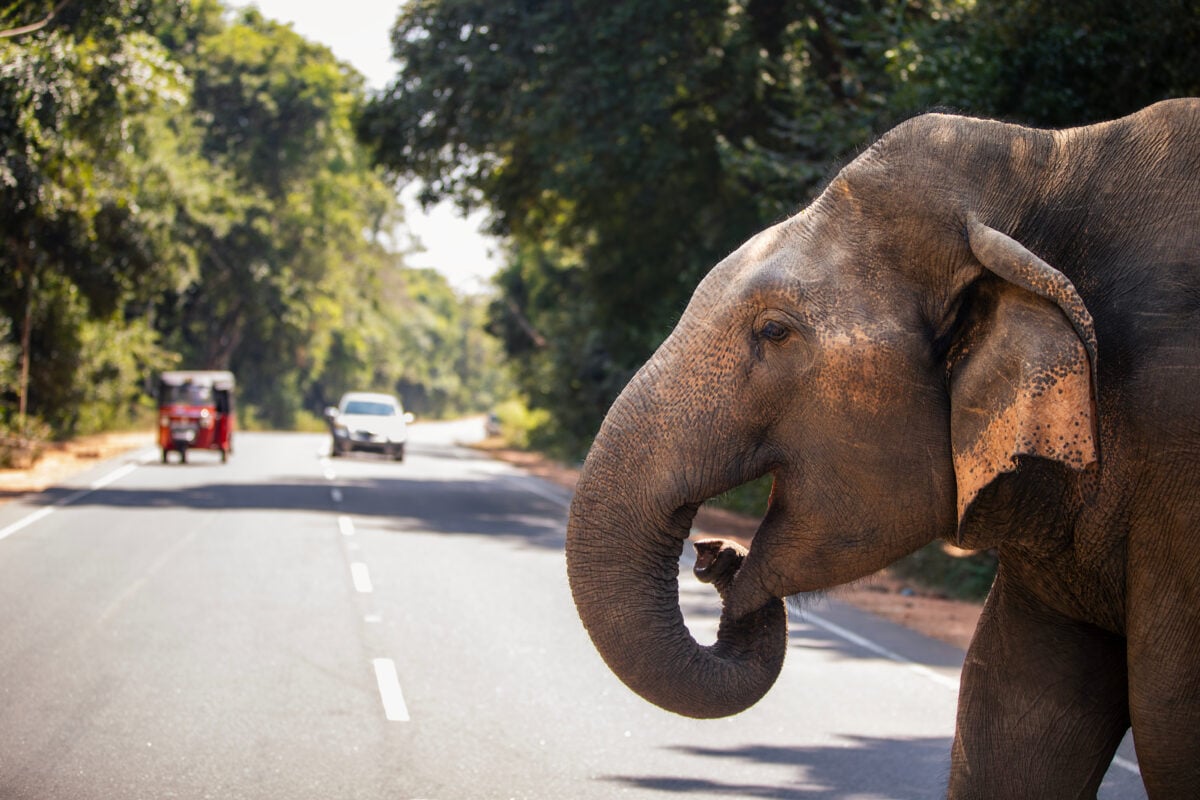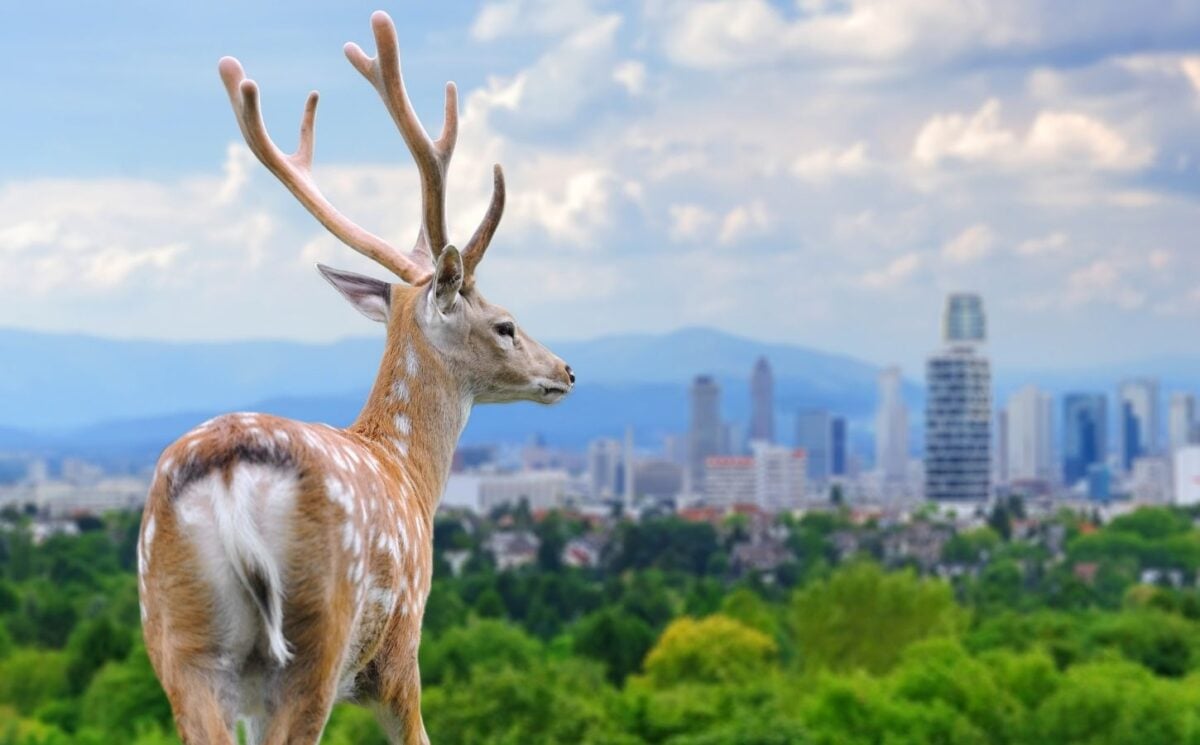New research suggests that human-wildlife overlap will increase significantly over the next 50 years, primarily due to a growing human population.
Read more: New Study Names Biodiversity Loss As The Main Driver Of Infectious Disease Outbreaks
The research was published in Science Advances last week. It found that overlap between humans and wildlife could increase across 57 percent of the earth’s land by 2070.
Its authors noted that this overlap will be “driven primarily by intensification of human population densities, not change in wildlife distributions caused by climate change.” Demand for space will make it even harder to prioritize dedicated wildlife areas free from urbanization.
According to the United Nations (UN), the global human population reached eight billion towards the end of 2022. This number is predicted to increase by nearly two billion in the next 30 years, and could easily surpass 10 billion by the mid-2080s.
More than half of all land is already used by humans either directly or indirectly, though that number is also predicted to increase in the coming years to 70 percent by the 2060s. (A huge amount of land is used up by animal agriculture, either to house the animals themselves – some 92 billion of them – or to grow crops to feed them.)
As the overlap increases, human-animal conflict, habitat degradation, and biodiversity loss will also worsen. Biodiversity loss is also one of the leading drivers of infectious disease, with human-wildlife contact already a key factor in escalating zoonotic disease outbreaks.
Read more: Blackbirds In South Of England Struggling As Climate-Linked Virus Spreads
‘Sustainable coexistence’ must be planned for now

In 2020, people living in urban areas encountered significantly more wildlife than they did a decade earlier, and future expansion in human-wildlife overlap will be most concentrated in areas with an already-high population density, such as India and China.
Notably, certain regions in these countries already experience significant human-animal conflict, including approximately 500 deaths from elephants per year in India, as reported by CNN. In Kenya, more than 200 people have been killed by African elephants in the last decade alone, and the WWF says that many elephants are killed in retaliation.
“Our study suggests that with more areas of the world expected to be shared both by people and wildlife, conservation planning will have to get more creative and inclusive,” study co-author Dr Neil Carter told the Natural History Museum. “But if we can start planning now, then we have a lot of tools to help us promote sustainable coexistence.”
Read more: Protecting 1.2% Of Earth’s Land Could Save Rare And Threatened Species, Study Says






